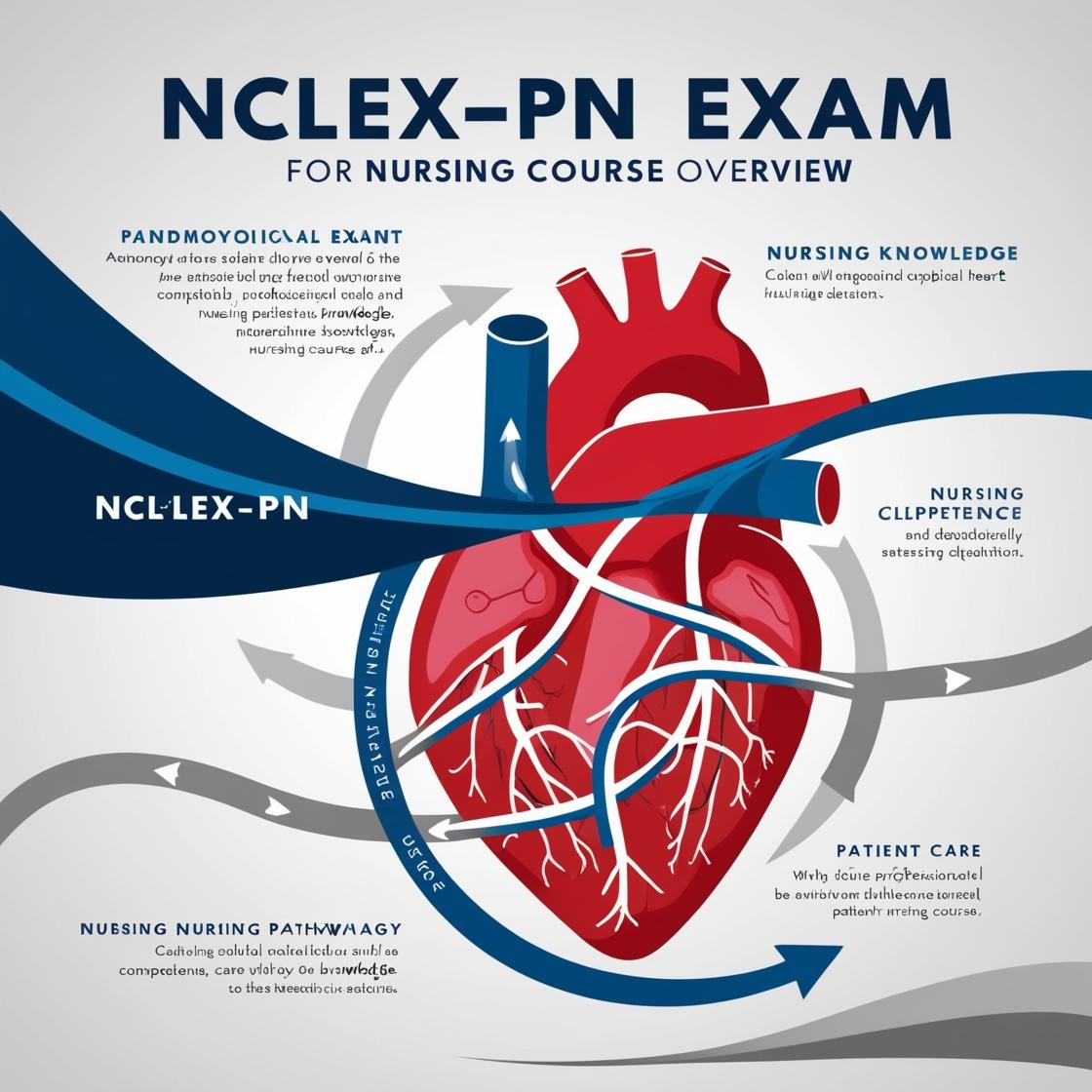NCLEX-PN
Next Generation Nclex Questions Overview 3.0 ATI Quizlet
1. How often should physical restraints be released?
- A. Every 2 hours
- B. Between 1 and 3 hours
- C. Every 30 minutes
- D. At least every 4 hours
Correct answer: A
Rationale: The correct answer is to release physical restraints every 2 hours. Releasing restraints every 2 hours helps prevent complications associated with prolonged immobilization. Releasing restraints every 30 minutes (choice C) may be too frequent and disruptive to the client's care. Releasing restraints between 1 and 3 hours (choice B) introduces variability that could lead to inconsistencies in care. Releasing restraints at least every 4 hours (choice D) does not adhere to the recommended frequency of every 2 hours.
2. A client is complaining of difficulty walking secondary to a mass in the foot. The nurse should document this finding as:
- A. Plantar fasciitis.
- B. Hallux valgus.
- C. Hammertoe.
- D. Morton's neuroma.
Correct answer: D
Rationale: The correct answer is Morton's neuroma. Morton's neuroma is a small mass or tumor in a digital nerve of the foot, causing symptoms such as pain and difficulty walking. Hallux valgus is commonly known as a bunion and involves the deviation of the big toe towards the other toes. Hammertoe is a condition where one or more toes are bent in a claw-like position. Plantar fasciitis is characterized by pain and inflammation in the arch of the foot, not typically associated with a mass causing difficulty walking.
3. Which of the following statements by a client indicates adequate preparation for magnetic resonance imaging?
- A. "I should wear earplugs during the test."?
- B. "I should remove my metal jewelry before the test."?
- C. "I should inform the healthcare provider about my pacemaker."?
- D. "I should inform the healthcare provider about my artificial hip."?
Correct answer: A
Rationale: The correct statement is, '"I should wear earplugs during the test,"?' as MRI scanners produce loud noises requiring ear protection. Metal objects, including jewelry, are not allowed inside the MRI room due to safety concerns related to the magnetic field. Choices B, C, and D are incorrect. Choice B is wrong because metal objects, including jewelry, are not permitted in the MRI room. Choices C and D are incorrect as having a pacemaker or an artificial hip raises concerns due to the magnetic field in MRI, requiring special precautions or considerations. It is crucial for individuals with such implants to inform their healthcare provider to assess the risks and determine the appropriate course of action.
4. Which of the following represents a normal serum potassium level?
- A. 1.5 mEq/L
- B. 3.0 mEq/L
- C. 4.0 mEq/L
- D. 6.0 mEq/L
Correct answer: C
Rationale: The correct answer is 4.0 mEq/L. Normal serum potassium levels typically range from 3.5-5.5 mEq/L. Choice A (1.5 mEq/L) is below the normal range, Choice B (3.0 mEq/L) is also below the normal range, and Choice D (6.0 mEq/L) is above the normal range. Therefore, the only option within the normal range is Choice C (4.0 mEq/L).
5. Which of the following are antiviral drug classes used in the treatment of HIV/AIDS?
- A. Nucleoside reverse transcriptase inhibitors
- B. Protease inhibitors
- C. HIV fusion inhibitors
- D. All of the above
Correct answer: D
Rationale: The correct answer is 'All of the above.' Nucleoside reverse transcriptase inhibitors inhibit the enzyme reverse transcriptase, protease inhibitors block the activity of the HIV-1 protease enzyme, and HIV fusion inhibitors prevent HIV from entering human cells. Therefore, all the choices provided are valid antiviral drug classes for managing HIV/AIDS. Nucleoside reverse transcriptase inhibitors, protease inhibitors, and HIV fusion inhibitors play crucial roles in combating the virus at different stages. Nucleoside reverse transcriptase inhibitors target an early stage, protease inhibitors act on a later stage, and HIV fusion inhibitors prevent viral entry. Thus, 'All of the above' is the correct and comprehensive answer encompassing different mechanisms of action in managing HIV/AIDS.
Similar Questions

Access More Features
NCLEX PN Basic
$69.99/ 30 days
- 5,000 Questions with answers
- Comprehensive NCLEX coverage
- 30 days access @ $69.99
NCLEX PN Premium
$149.99/ 90 days
- 5,000 Questions with answers
- Comprehensive NCLEX coverage
- 30 days access @ $149.99
